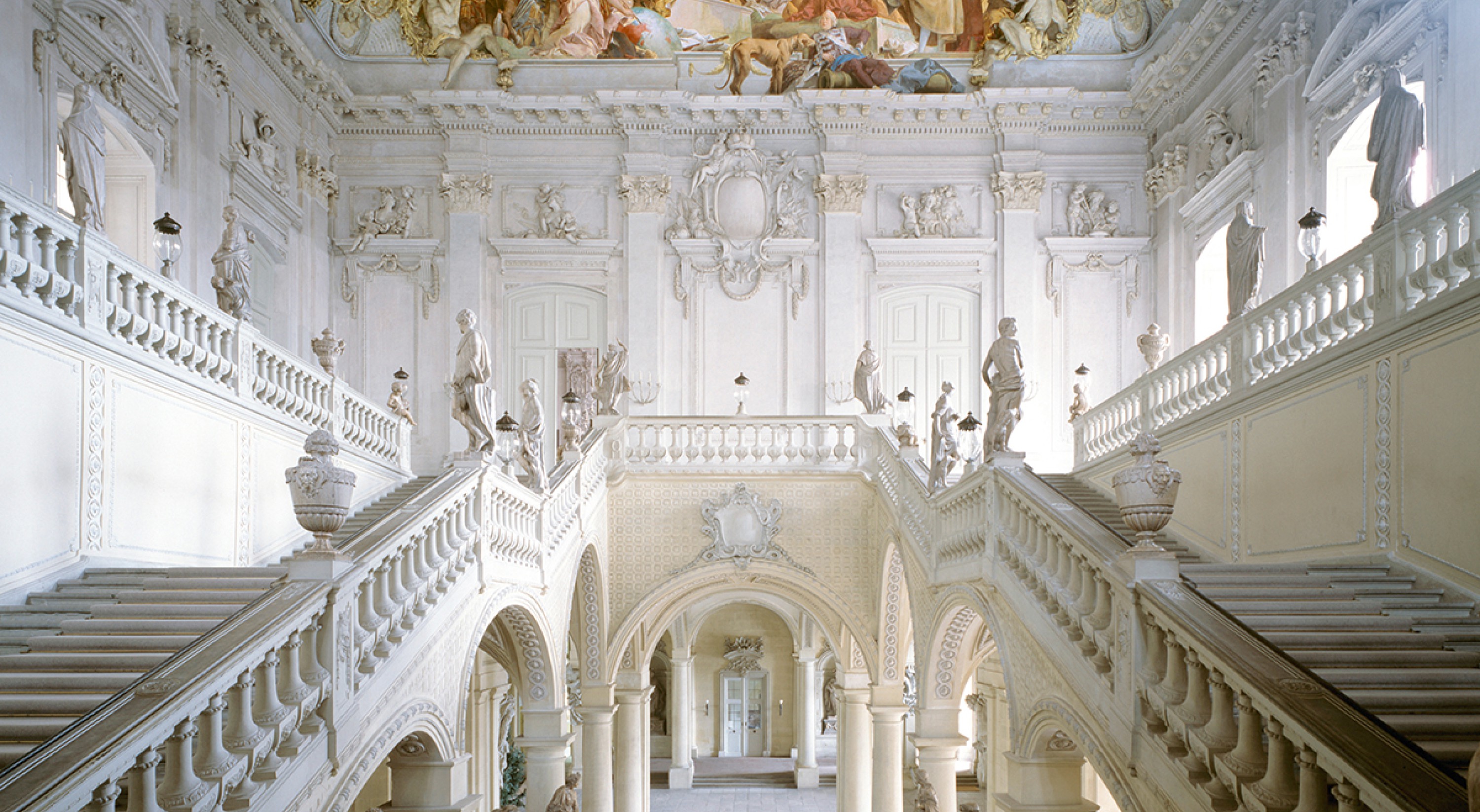Hugues Dufourt
Les Continents d’après Tiepolo
novembernov 13
Hugues Dufourt
Les Continents d’après Tiepolo – L’Afrique (2005), L’Asie (2009), L’Europe (2011), L’Amérique (2016), for piano and ensemble
(French première of the complete work)
Ensemble Recherche
Coproduction: Les Spectacles vivants – Centre Pompidou (Paris); Festival d’Automne à Paris // With support from Sacem
Hugues Dufourt’s compositions erupt in violence and unleash forces, but elegantly so. They are distinguished by rare timbres, even a sense of melancholy conveyed in grim pallor. The composer has mastered the art of emergence and instrumental alloys, creating a source of eerie light.
“My work in music is the museum of my imagination. A painting is not an excuse or an opportunity to make comments expressed in color, but rather a question of painting technique, of invention, and a way of finding a better form of expression for my own musings on composition.”
It is now 16 years since Dufourt wrote the Cycle les Hivers (inspired by Poussin, Rembrandt, Brueghel and Guardi) and here is a new cycle inspired by other painters who have marked the history of art.
In just over 200 days, in 1752 and 1753, Tiepolo worked for Balthasar Neumann, the famous architect of the late baroque period in Germany, decorating the vast and magnificent vault above the grand staircase of the Würzburg Residence. His monumental and allegorical fresco includes Mount Olympus and the four continents as known at the time. Hugues Dufourt sees Tiepolo’s continents as a “theater of light” announcing the poetic art of the 20th and 21st centuries. The vision encompasses a range of perspectives and elements, sometimes dark, being twisted, embedded and interlaced, plus features that might suggest contemporary art, a cinematographic art form with Tiepolo’s techniques of perspective, with constructions in paint, breaking away from harmonized structures, opting for juxtaposition and simultaneity.
In the same place
